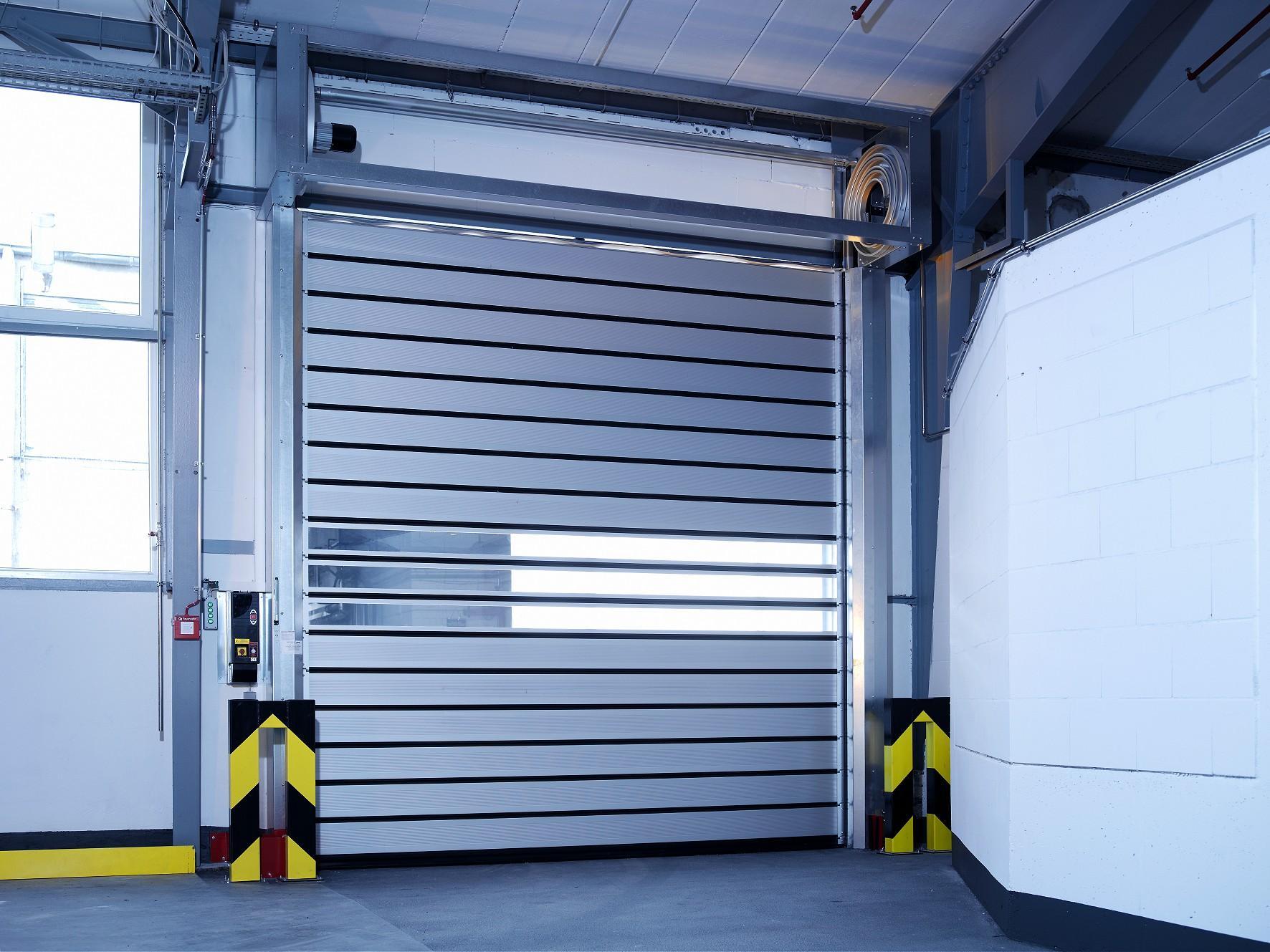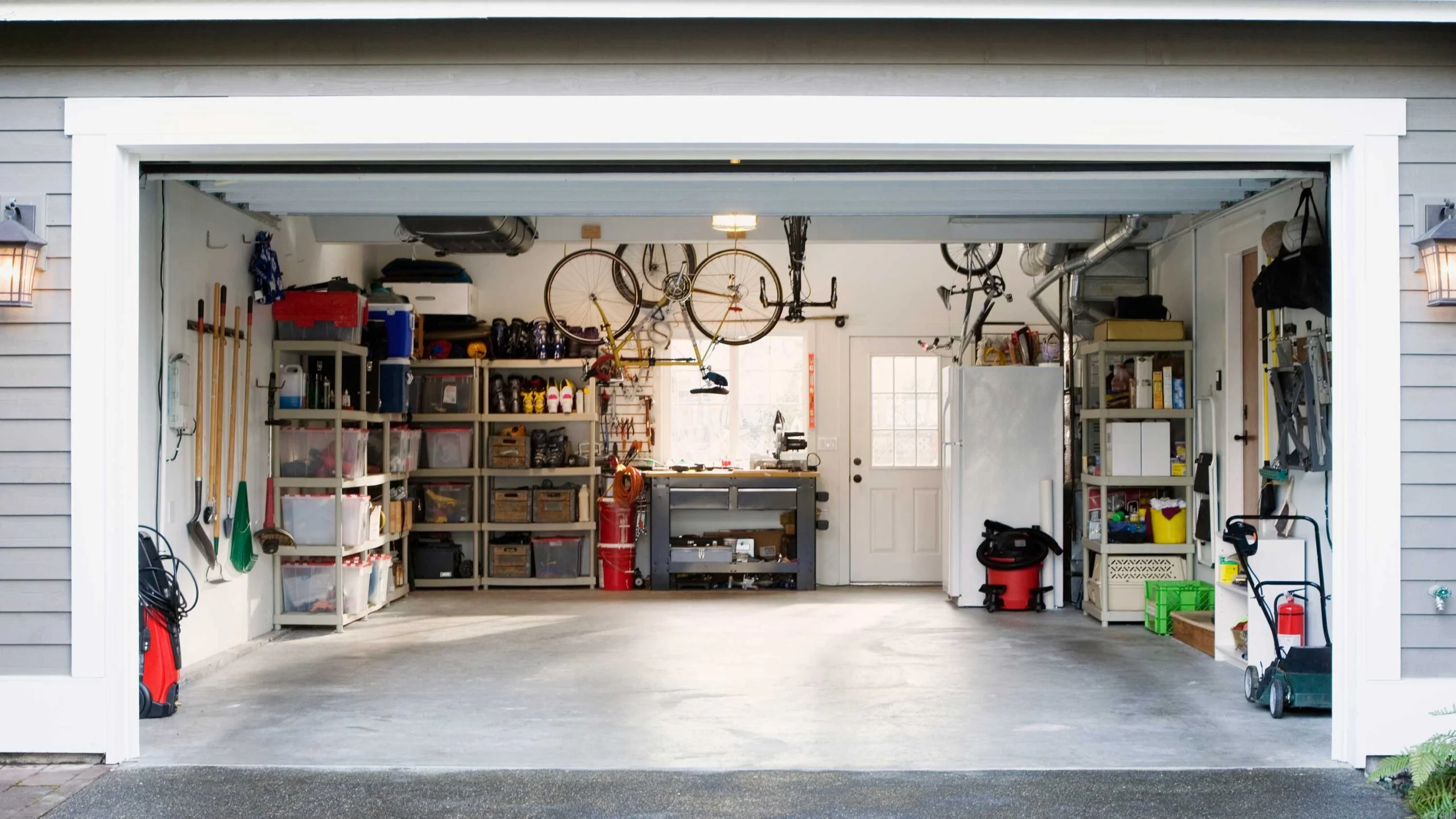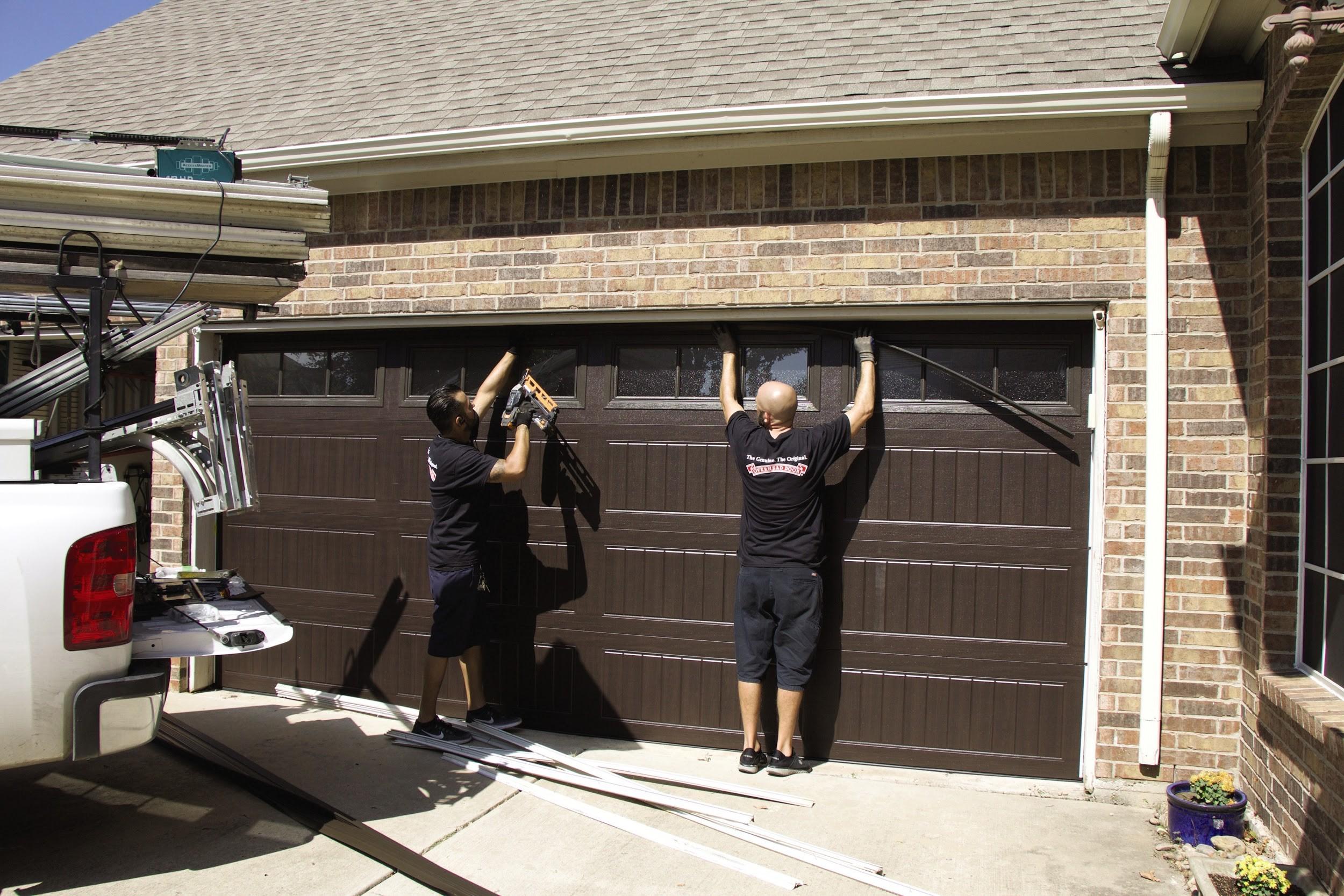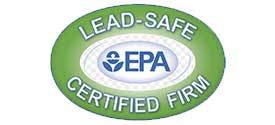
A roll-up garage door is a convenient and space-saving solution for many homeowners. However, it’s essential to address the potential energy inefficiency that comes with these types of doors. In this comprehensive guide, we will explore various methods and materials to insulate a roll-up garage door, ensuring energy efficiency and comfort in any climate. Whether you’re in Southern California or any other region, optimizing your garage door insulation can lead to significant energy savings.
Why Insulate Your Roll-Up Garage Door?
Before delving into the details of insulation methods, it’s crucial to understand why insulating your roll-up garage door is beneficial. A well-insulated garage door offers several advantages:
- Energy Efficiency: Proper insulation helps regulate the temperature inside your garage, reducing the need for heating or cooling. This, in turn, leads to lower energy bills.
- Comfort: An insulated garage provides a more comfortable environment for various activities, such as DIY projects, working out, or even just entering and exiting your vehicle.
- Protects Belongings: Insulation safeguards your stored items from extreme temperatures, preventing damage to sensitive belongings.
- Increases Home Value: Energy-efficient upgrades, including garage door insulation, can enhance the overall value of your property.
Now that we understand the importance of insulating a roll-up garage door let’s explore various methods and materials.
DIY Garage Door Insulation: Where to Begin
Insulating a roll-up garage door doesn’t have to be a daunting task. Several DIY-friendly methods and materials are readily available. Here’s a step-by-step guide to help you get started:
Assess Your Garage Door:
Before selecting an insulation method, examine your garage door to determine its material and construction. Roll-up garage doors are typically made of metal, and this guide will focus on insulating metal doors. Once you understand your door’s structure, you can choose the most suitable insulation method.
Choose the Right Insulation Material:
There are various insulation materials available, each with its unique benefits. Some popular options for roll-up garage doors include:
- Foam Board Insulation: This type of insulation provides excellent thermal resistance and is relatively easy to install. Cut the foam boards to fit the door panels and attach them using an adhesive.
- Reflective Insulation: Reflective foil insulation reflects radiant heat, making it an effective choice for sunny climates. Install it by attaching the foil to the inner side of the garage door using adhesive or double-sided tape.
- Insulation Blankets: These are flexible, easy-to-install blankets designed specifically for garage doors. Simply unroll the blanket and attach it to the door using adhesive or straps.
- Fiberglass Insulation: Fiberglass is another option, providing good thermal insulation. It comes in rolls or batts, and you can install it by securing it to the door panels with adhesive or other fastening methods.
Measure and Cut Insulation:
Carefully measure each panel of your garage door and cut the insulation material accordingly. Ensure a precise fit to maximize the effectiveness of the insulation.
Install the Insulation:
The installation process varies depending on the chosen insulation material. Generally, it involves attaching the insulation to the inner side of the garage door panels. Follow the manufacturer’s instructions for the specific insulation material you’ve chosen.
Seal Gaps and Cracks:
To achieve optimal insulation, seal any gaps or cracks around the garage door. Weatherstripping or sealant can be applied to prevent air leaks and enhance the overall effectiveness of the insulation.
Roll-Up Garage Door Insulation Kits: A Convenient Solution
For those who prefer a hassle-free approach, roll-up garage door insulation kits are available in the market. These kits typically include pre-cut insulation panels, adhesive, and all necessary installation accessories. Here’s why these kits are a popular choice:
- Convenience: Insulation kits come with everything you need, saving you time and effort in gathering individual materials.
- Custom Fit: The panels in these kits are pre-cut to fit standard garage door sizes, ensuring a precise and effective insulation solution.
- Ease of Installation: With clear instructions and all components provided, these kits make the installation process straightforward for even the novice DIY enthusiast.
- Consistent Insulation: The uniformity of the pre-cut panels ensures consistent insulation across all sections of the garage door.
Comparing Insulation Materials: Fiberglass vs. Foam Board
Two commonly used insulation materials for garage doors are fiberglass and foam board. Let’s compare these options to help you make an informed decision:
Fiberglass Insulation:
Pros:
- Effective thermal insulation.
- Readily available in rolls or batts.
- Resistant to moisture.
Cons:
- Can be itchy and irritating during installation.
- Requires careful handling to prevent skin irritation.
Foam Board Insulation:
Pros:
- Excellent thermal resistance.
- Lightweight and easy to handle.
- Provides both insulation and a sleek finish.
Cons:
- May require additional weatherproofing measures.
- Prone to damage from impact or pressure.
Consider your preferences, budget, and the specific requirements of your garage door when choosing between fiberglass and foam board insulation.
Additional Steps for Enhanced Insulation
For those seeking optimal energy efficiency, consider these supplementary steps to enhance your garage door insulation:
- Seal the Top and Sides: Install weatherstripping along the top and sides of the garage door to create a tight seal when closed, preventing drafts and heat loss.
- Invest in Seals and Thresholds: Garage door seals and thresholds help prevent air and water infiltration. These are especially beneficial in regions with varying weather conditions.
- Reflective Insulation for Radiant Heat: In sunny climates like Southern California, reflective insulation can be particularly effective. Install it facing the sun to reflect radiant heat away from your garage.
- Soundproofing: If noise is a concern, consider adding a layer of soundproofing material in addition to your insulation. This is especially relevant if you use your garage as a workshop or entertainment space.
Final thoughts
insulating your roll-up garage door is a practical and cost-effective way to enhance energy efficiency and comfort. Whether you opt for a DIY approach using foam board or fiberglass insulation, or choose the convenience of a pre-packaged insulation kit, the benefits are undeniable.
Remember to tailor your insulation strategy to your specific climate, taking into account factors like radiant heat in sunny regions or increased insulation for colder climates. By investing time and effort into properly insulating your garage door, you’ll not only enjoy energy savings but also create a more comfortable and versatile space for various activities. Whether you’re in Southern California or any other part of the country, a well-insulated roll-up garage door is a valuable addition to your home.











